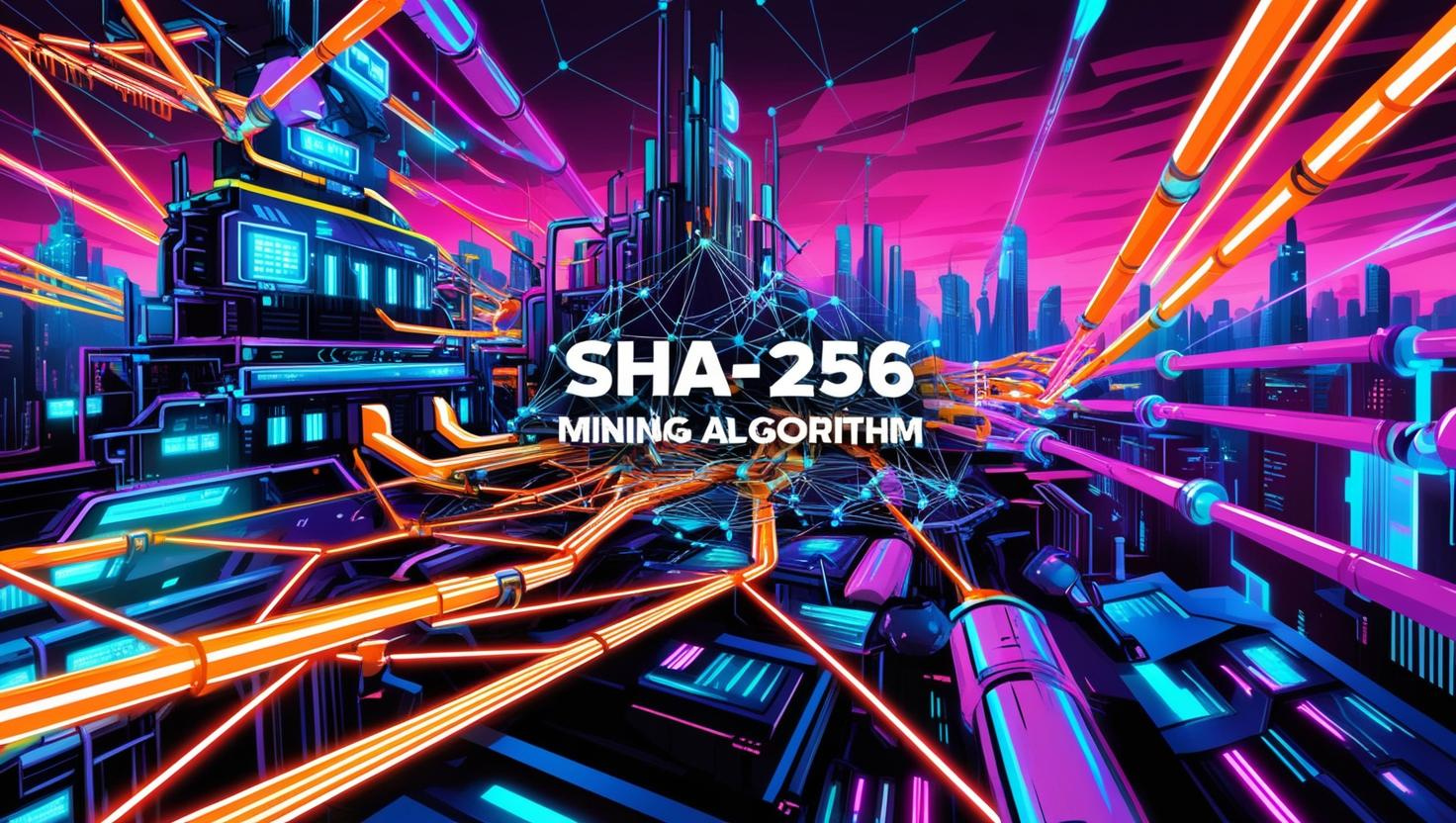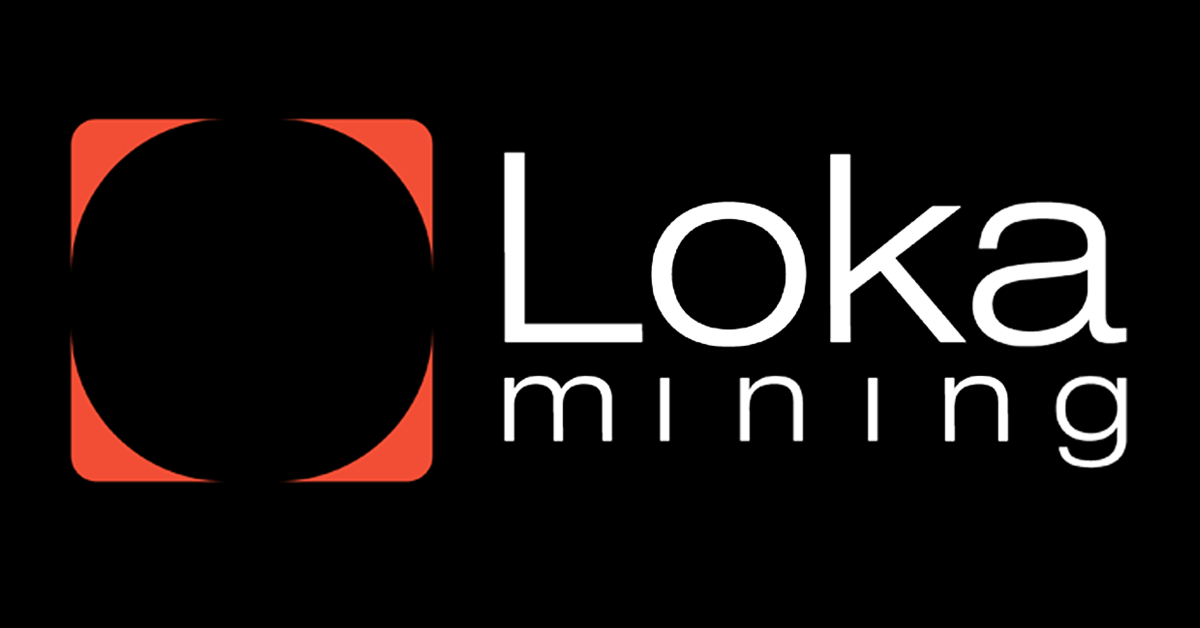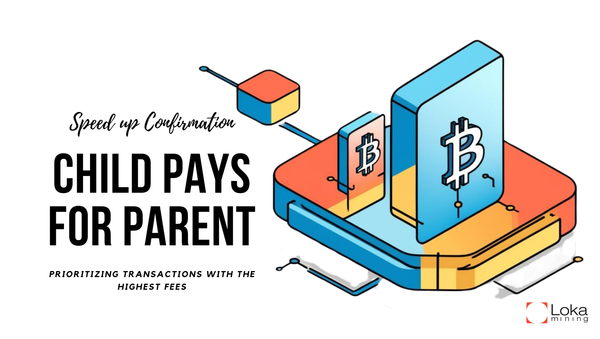Mining Beyond Bitcoin: How SHA-256 Proof-of-Work Blockchains Compete for Hash Power

Introduction
Bitcoin (BTC) remains the dominant Proof-of-Work (PoW) blockchain utilizing the SHA-256 hashing algorithm, but it is not the only one. Several other blockchains, such as Bitcoin Cash (BCH), Bitcoin SV (BSV), and other lesser-known SHA-256-based projects, compete for mining power. Since mining requires significant computational resources, miners tend to allocate their hash rate where it is most profitable. This article explores how these competing blockchains attract hash power and whether they can sustainably coexist with Bitcoin in the long run.
Understanding the SHA-256 Mining Ecosystem
SHA-256 is a cryptographic hashing function used in Bitcoin and its forked chains to validate transactions and secure the network. Mining in this ecosystem relies on specialized hardware, primarily Application-Specific Integrated Circuits (ASICs), designed specifically for SHA-256 computations. Given that miners can direct their hash power to any SHA-256-based blockchain, competition for computational resources is fierce.
The key competitors in the SHA-256 PoW ecosystem include:
- Bitcoin (BTC): The original and most secure PoW network.
- Bitcoin Cash (BCH): A fork of Bitcoin that prioritizes lower transaction fees and larger block sizes.
- Bitcoin SV (BSV): Another fork with an even larger block size, aimed at enterprise adoption.
- Smaller SHA-256 chains: Networks like eCash (XEC) and various experimental blockchains attempting to gain traction.
Factors Influencing SHA-256 Mining Competition
Several factors determine how miners distribute their hash power among these competing blockchains:
1. Block Rewards and Transaction Fees
Miners earn revenue from block rewards and transaction fees. While Bitcoin provides the most lucrative mining rewards, other SHA-256 chains offer alternatives, sometimes adjusting their block rewards to attract miners. However, these chains typically have lower transaction volumes and fee revenues compared to Bitcoin.
2. Market Price and Volatility
Miners are highly sensitive to market price fluctuations. Since rewards are paid in the native cryptocurrency, a chain with a lower market price is less attractive unless it compensates with higher block rewards. Bitcoin's higher and more stable price ensures that most mining power remains on its network.
3. Network Hash Rate and Security
The total hash rate of a blockchain directly impacts its security. Bitcoin’s enormous hash rate makes it nearly immune to 51% attacks, while lower-hash-rate networks like BCH and BSV are more vulnerable. Miners must weigh the risk of contributing to a less secure network, as attacks could devalue the coins they are mining.
4. Difficulty Adjustments
Mining difficulty is a mechanism that adjusts every 2,016 blocks to maintain a consistent block time. If a blockchain loses miners, difficulty drops, making it easier for remaining miners to find blocks and earn rewards. This effect can temporarily attract miners to smaller chains when difficulty decreases significantly, although they often return to Bitcoin when profitability aligns.
5. Miner Centralization and Pools
Mining pools play a crucial role in directing hash power. Many large pools prioritize Bitcoin due to its stability and profitability. However, some pools switch between Bitcoin and other SHA-256 chains based on short-term profitability, contributing to fluctuations in hash rate distribution.
Strategies Used by Competing Chains to Attract Miners
To remain viable, non-Bitcoin SHA-256 chains must implement strategies to attract and retain miners:
- Adjusting Block Rewards: Some chains extend block rewards to delay halvings, making mining temporarily more attractive.
- Promoting Faster Transactions and Lower Fees: BCH and BSV promote lower fees and increased scalability to differentiate themselves from Bitcoin’s congestion issues.
- Incentivizing Development and Adoption: By funding projects that increase usage and demand, these chains try to create a stronger ecosystem that supports higher transaction fees and miner revenue.
- Developing Unique Use Cases: Networks like Bitcoin SV focus on enterprise solutions and large-scale applications to drive adoption beyond just currency transactions.
Can These Chains Compete Long-Term?
Despite these strategies, Bitcoin’s first-mover advantage, higher security, and greater adoption make it the preferred choice for most miners. Alternative SHA-256 blockchains may survive as niche solutions or side options for miners seeking temporary opportunities, but none have come close to dethroning Bitcoin.
The sustainability of non-Bitcoin SHA-256 chains depends on:
- Consistently maintaining mining profitability
- Establishing real-world utility beyond just being an alternative Bitcoin
- Developing security measures to prevent attacks
- Adapting to changes in the mining industry, such as energy efficiency and regulatory shifts
Conclusion
The competition for SHA-256 hash power is intense, with Bitcoin maintaining its dominant position due to its economic incentives, security, and liquidity. While alternative chains like BCH and BSV offer distinct features and lower fees, their ability to attract miners long-term remains uncertain. Ultimately, Bitcoin's strong network effects make it the primary destination for SHA-256 miners, while other blockchains struggle to differentiate themselves in a meaningful way. However, as the mining landscape evolves, new innovations in blockchain technology and consensus mechanisms could reshape this dynamic in unexpected ways.
This article presented by Loka Mining.
Loka is revolutionizing the Bitcoin mining ecosystem by directly connecting investors with Bitcoin miners through a decentralized mining pool and an upcoming permissionless forward hashrate marketplace protocol.
Loka enables investors to get Bitcoin at lower than market price without centralized & counter-party risks, and Bitcoin miners to access capital efficient financing and hedge their risk exposure by selling their future mining rewards.
Find out more about loka in https://lokamining.com — or access our mining pool aggregator on https://pool.lokamining.com





